By Eric T. Baker
Sid Meier’s Civilization Revolution, from Firaxis for the Xbox 360, PS3, and DS, is not a traditional war simulation. Instead of a historical battlefield or time period, the player starts with a single city and a single fighting unit, both of which are based on a historical culture (Roman, Greek, Zulu, Aztec, etc). The goal is to build and grow this modest start into a civilization that will dominate the game map, either militarily, culturally, technologically, or economically. The player can decide how many other cultures he will compete against, how large and what sort the map the battles will be contended on, and how smart the AI players will be. The game can also be played against other humans in a variety of ways, depending on the machine the game is on.
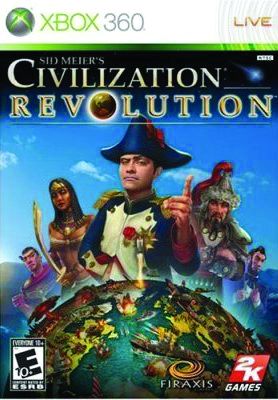 The first Civilization game was published in 1992. The publishing history of its updates and redesigns is complicated, but Revolution is basically an upgrade of 2005’s Civilization IV that has been optimized for consoles and handhelds. That optimization primarily means that unlike previous Civilization games, players don’t have to build and command their workers as well as their military units. There is a manual option to direct (but not build) the workers for those who want it, but players can’t particularly improve on the returns created by having the AI manage the workers based on one of four preset strategies. These strategies are as close as the game comes to letting the players automate their cities.
The first Civilization game was published in 1992. The publishing history of its updates and redesigns is complicated, but Revolution is basically an upgrade of 2005’s Civilization IV that has been optimized for consoles and handhelds. That optimization primarily means that unlike previous Civilization games, players don’t have to build and command their workers as well as their military units. There is a manual option to direct (but not build) the workers for those who want it, but players can’t particularly improve on the returns created by having the AI manage the workers based on one of four preset strategies. These strategies are as close as the game comes to letting the players automate their cities.
Of the four ways to win Revolution, the quickest (at least at easy difficulty levels) is the military victory. The key to combat is stacking three units of the same type in one square. The player can then combine these units into a single army unit. Since combat is unit against unit, it is a tremendous advantage to pit an army against a single, normal unit. A unit that wins three battles becomes veteran and one that wins three more starts earning special abilities. The battles are animated and move at a pace fast enough to be entertaining but slow enough to tell if the player’s unit is losing. Players can end a battle by retreating their unit, which is important to preserve it if it has special status or abilities. Units damaged in this way need to be healed to regain their full strength.
The reason that Civilization games remain popular after so many years, and the reason that Revolution is a good game, is the “just one more turn” effect. All games and particularly all turn- based games have this; the situation has built up and the player wants to see just one more turn to see how things will turn out. Civilization may not have invented this effect, but it has perfected it, as many a wife can attest after having found their husband still at the computer long hours after they were told, “Just one more turn and then I’m coming to bed.” Revolution hits that sweet spot between too much going on to keep track of and too little going on for the game to be interesting.
While not quite as long running, the Battlefield franchise, from EA Dice, also has a series of games for the PC and consoles. Their latest is for Xbox 360 and the PS3, is set in the modern world, and is called Battlefield: Bad Company. The player takes the role of a new member of B Company, which is a dumping ground for hard cases. Over the course of the single-player game, the character and his squad go AWOL on a Three Kings quest for personal gain. There is also a multiplayer mode for up to 24 players.
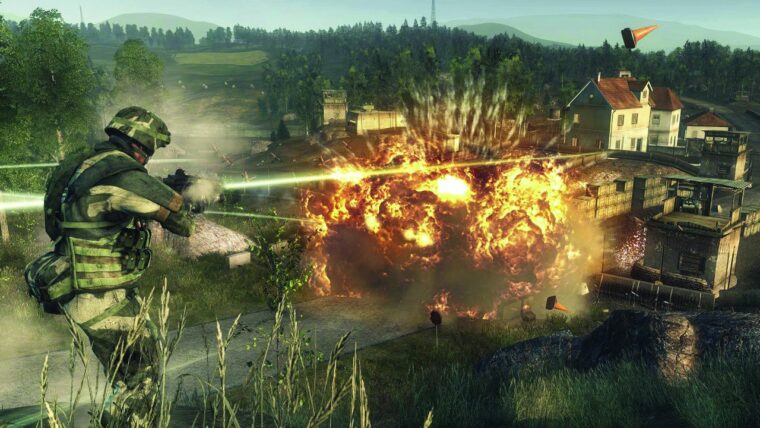
Battlefield games are known for their open, destructible maps, and B:BC is true to that heritage. The only real limit on the player’s ability to deform the landscape is that he can only carry one support weapon and one main weapon at a time. Thus the player can blow open walls with a shoulder-fired missile, but to do so he has to put down the radio that calls in artillery barrages. What B:BC adds to the franchise, at least in the single-player game, is a certain humor based on the outlooks of the irregulars that the player finds himself “serving” with. Irreverent and irresponsible, they will keep the player smiling as the map blows up around him.
Finally there is Gary Grigsby’s War Between The States for the PC from Matrix games. Grigsby is a designer famous for his pioneering wargames for SSI, going all the way back to Guadalcanal Campaign in 1982. In his latest game, he takes on the Civil War at the strategic level. Players try to win the war as either the Union or the Confederacy in a game scaled so that picking the right generals and spending political capital are as important as deciding when the troops should dig in and when to keep them moving. There are also modes that allow for cavalry raiding and scouting, as well as a complete simulation of the naval aspect of the war. It is a compelling take on the famous war.

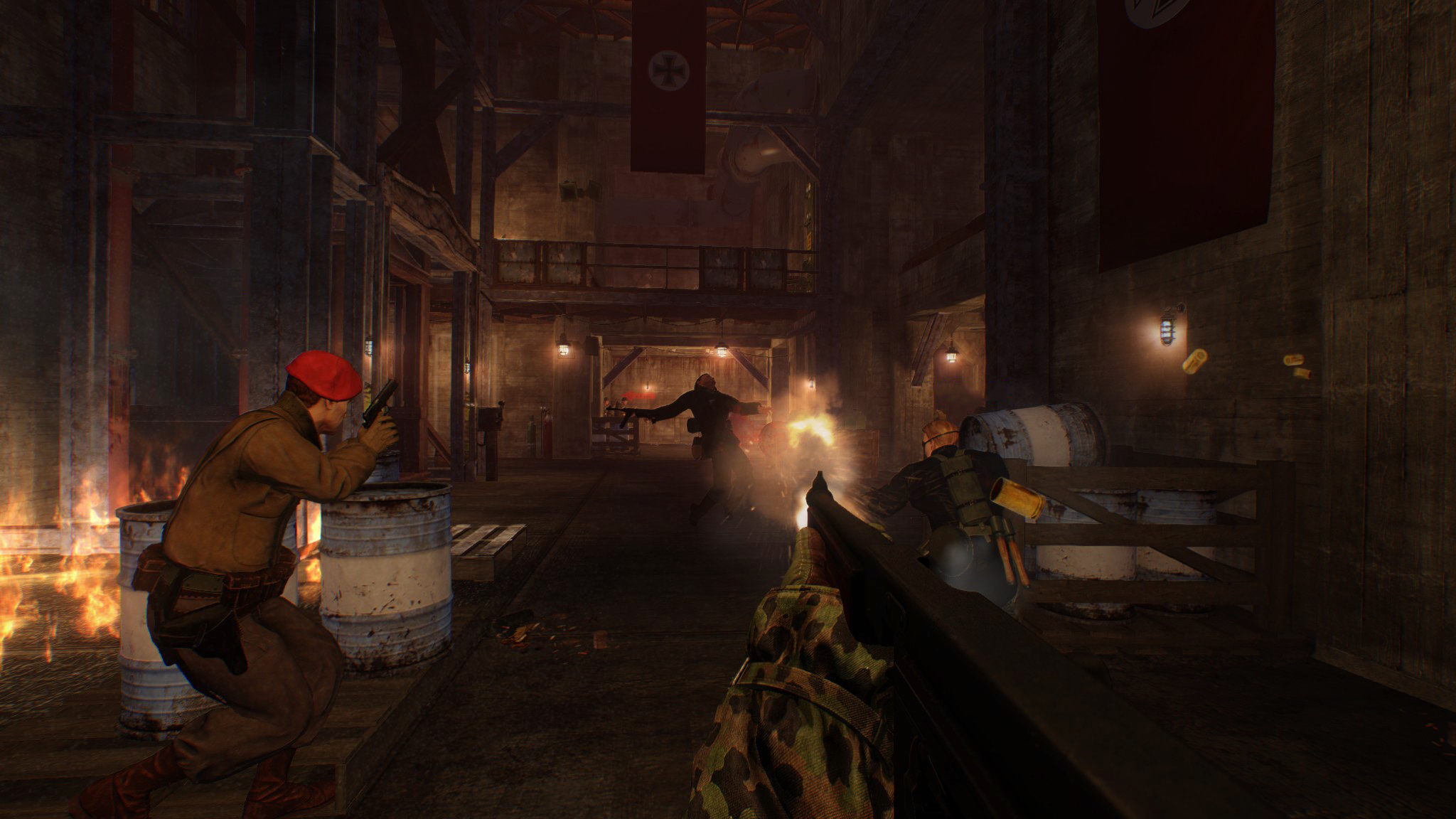
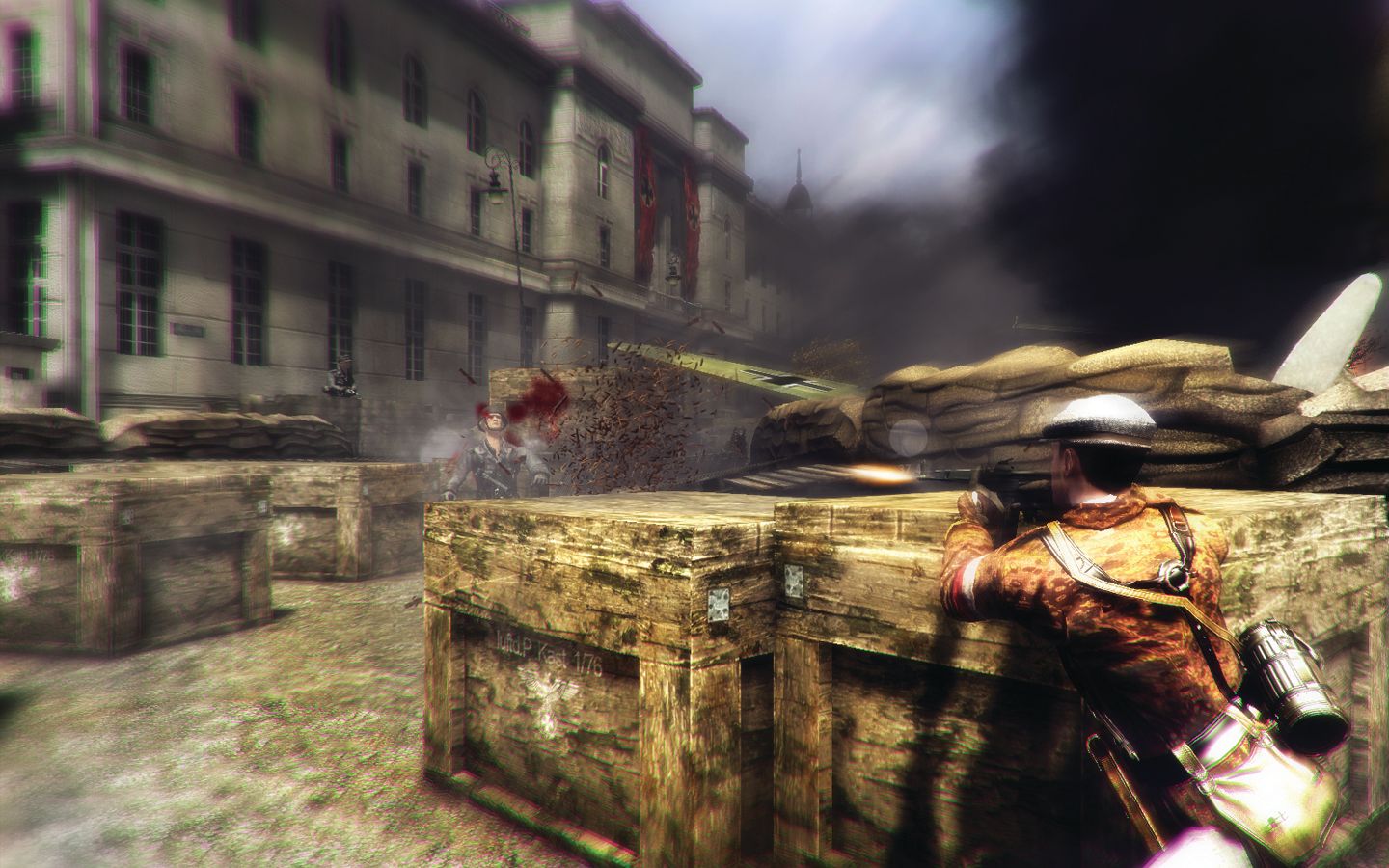
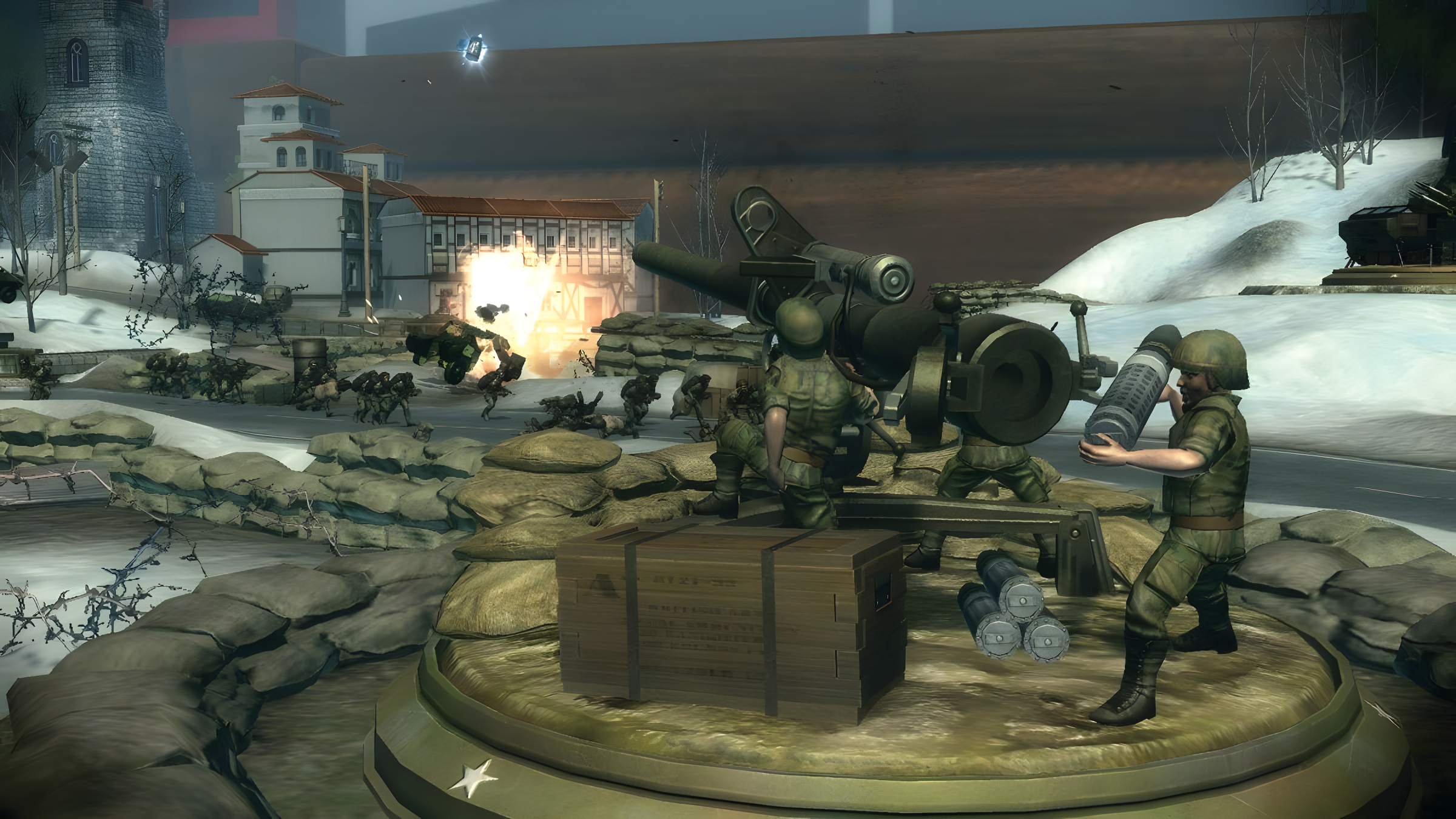
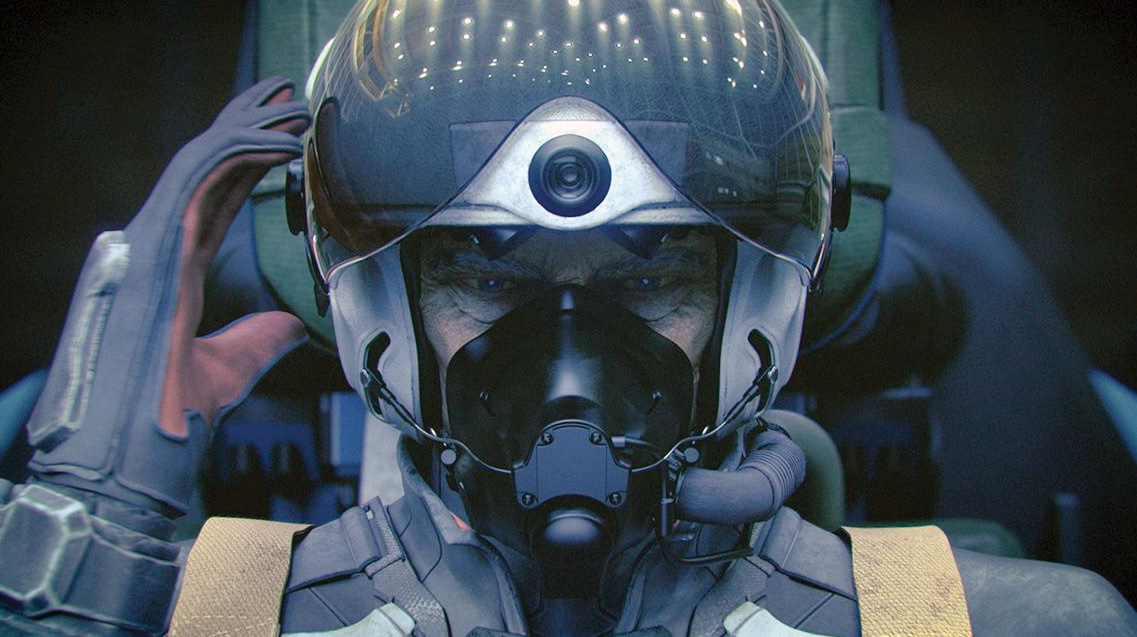
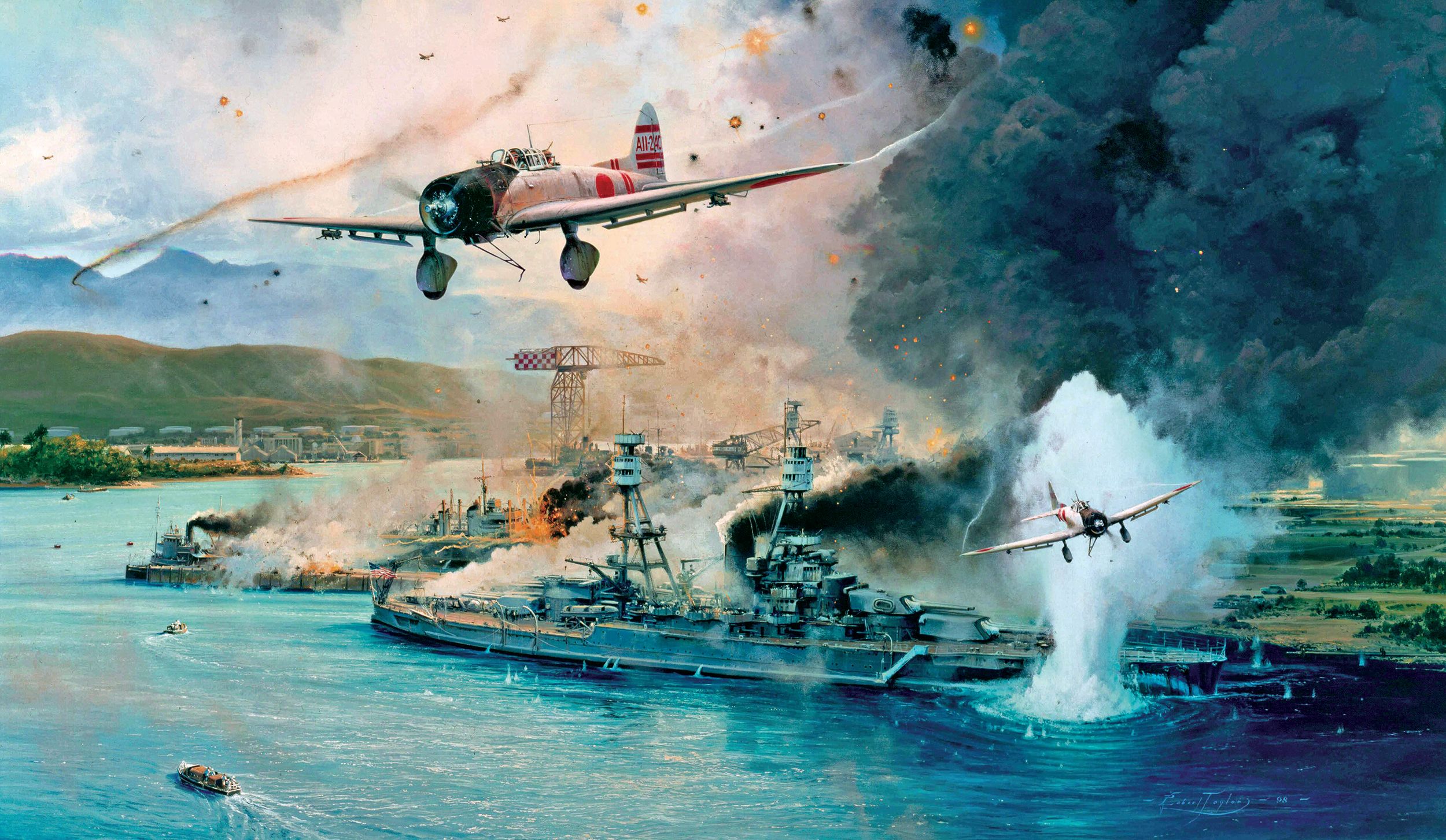
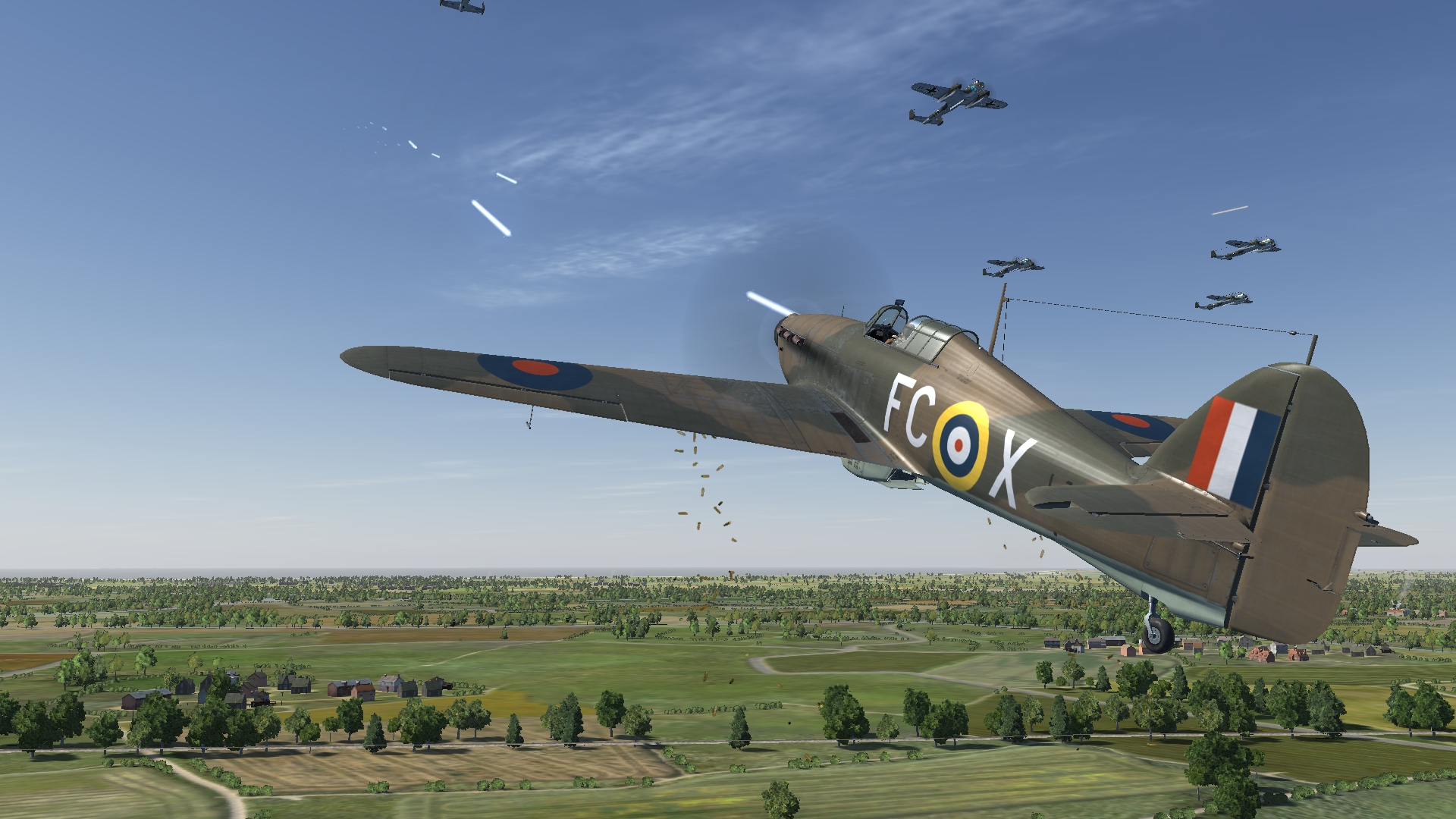
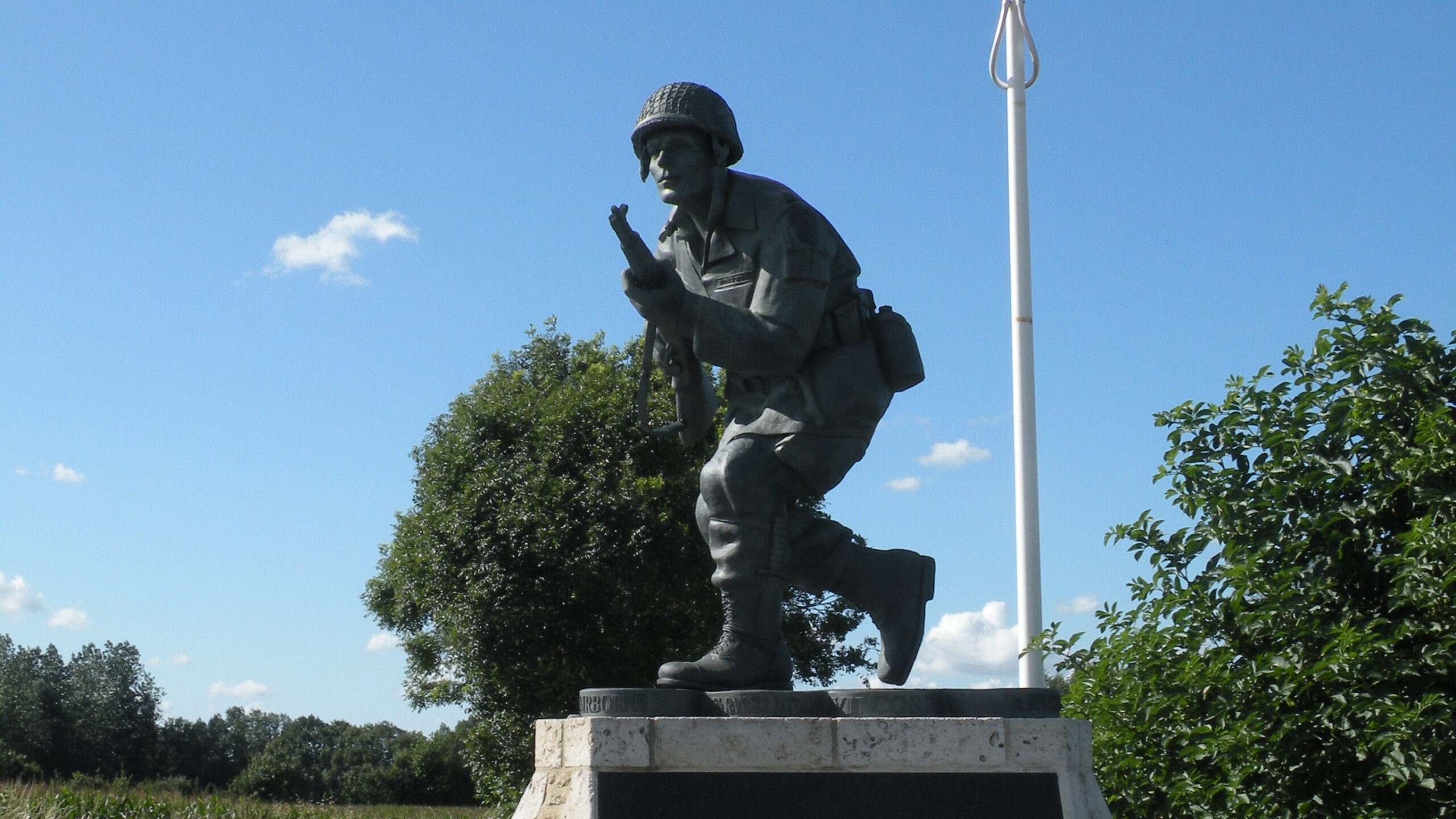
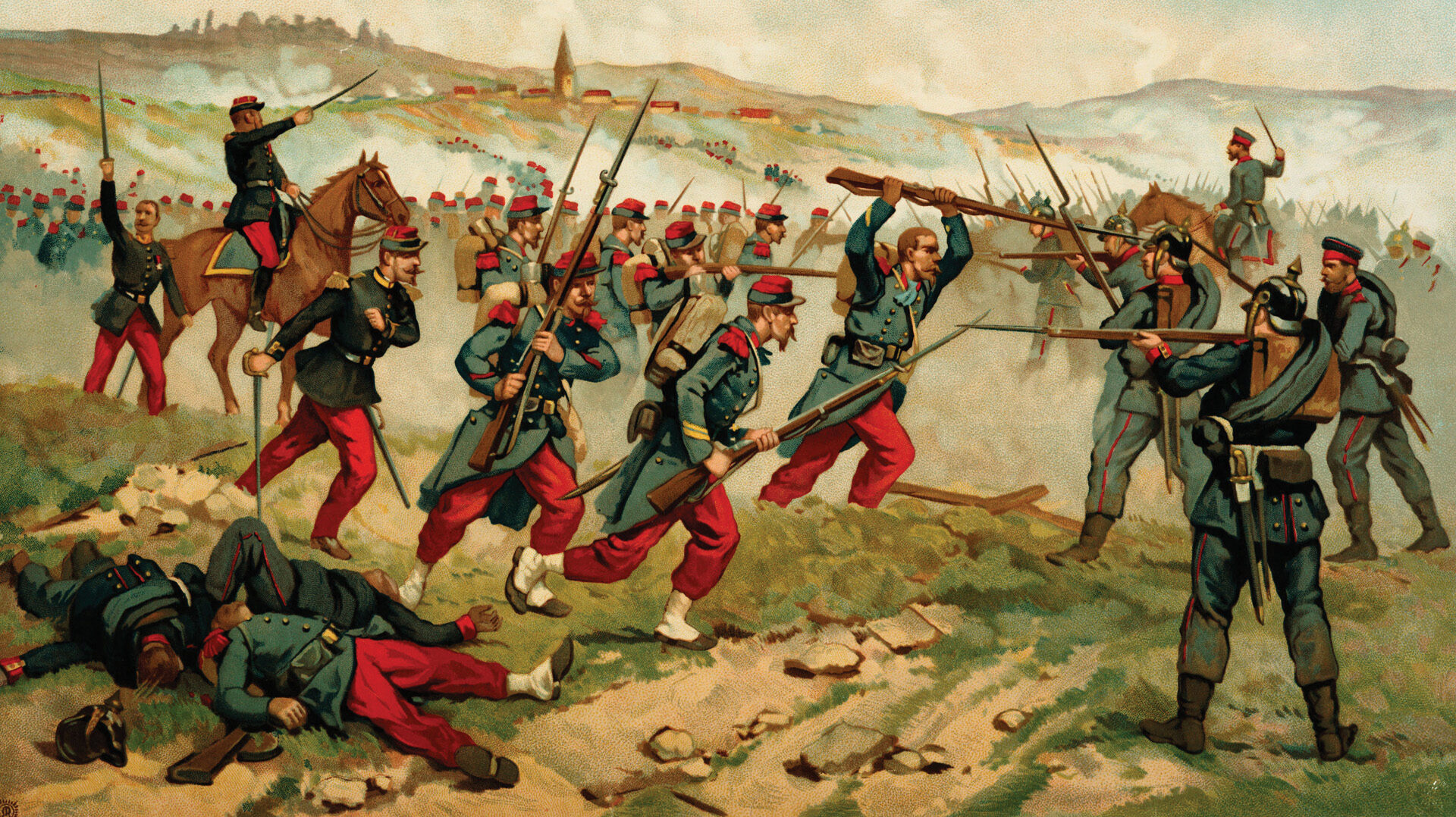
Join The Conversation
Comments
View All Comments